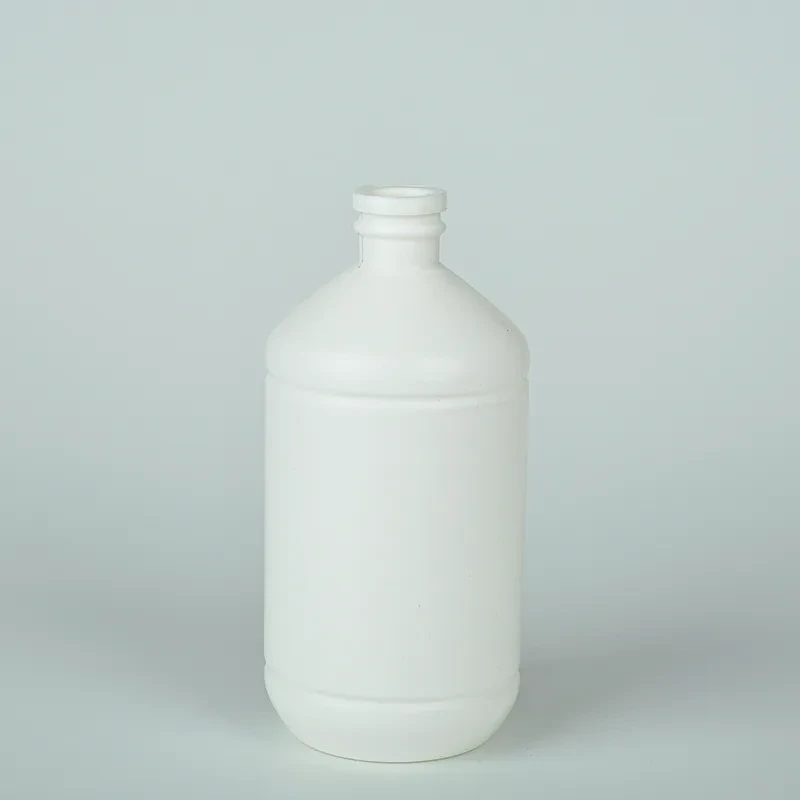Exploring the Environmental Impact of Plastic Medicine Bottles and Their Sustainable Alternatives
The Rise of Plastic Medicine Bottles Convenience, Concerns, and Innovations
In recent years, the healthcare industry has witnessed a significant shift towards the use of plastic medicine bottles. These containers, often made from polyethylene terephthalate (PET) or high-density polyethylene (HDPE), have become ubiquitous for storing prescription drugs, over-the-counter medications, and various health supplements. The convenience they offer is undeniable; however, this reliance on plastic comes with its own set of challenges and concerns.
Convenience and Practicality
One of the primary reasons for the widespread adoption of plastic medicine bottles is their convenience. Lightweight, unbreakable, and resistant to moisture, plastic bottles are ideal for transportation and storage. They can be easily produced in various sizes, enabling pharmaceutical companies to package medications in tailored quantities for patient needs. Furthermore, their transparency facilitates easy identification of the contents, aiding both pharmacists and consumers in ensuring correct dispensation and usage.
Plastic medicine bottles are not only user-friendly but also cost-effective. Unlike glass containers, which can be more expensive and fragile, plastic bottles are relatively inexpensive to manufacture and recycle. Their lightweight nature helps reduce shipping costs and carbon footprints, making them an appealing choice for many pharmaceutical companies.
Health and Safety Concerns
Despite the advantages associated with plastic medicine bottles, concerns regarding their safety and environmental impact cannot be overlooked. One significant issue is the potential leaching of harmful chemicals from plastics into the medications contained within. Chemicals such as bisphenol A (BPA) have been found in some plastic products, raising questions about their long-term effects on human health. Although many manufacturers have shifted to BPA-free alternatives, ongoing research into the safety of various plastics used in medicine packaging remains crucial.
plastic medicine bottles

Additionally, improper disposal of plastic bottles has contributed to the global plastic pollution crisis. Millions of plastic containers end up in landfills and oceans each year, causing detrimental harm to ecosystems and wildlife. In response, advocates are calling for increased recycling efforts and more stringent regulations surrounding the production and disposal of plastic medical packaging.
Innovations and Sustainable Solutions
In light of these concerns, the healthcare industry is increasingly exploring sustainable alternatives to traditional plastic medicine bottles. Biodegradable plastics, made from renewable resources such as corn starch, are being tested as viable substitutes. Additionally, the development of refillable and reusable medication containers is gaining traction, encouraging consumers to reduce waste while maintaining access to necessary medications.
Pharmaceutical companies are also investing in research and development to create advanced packaging solutions that safeguard both the efficacy of the medications and the environmental integrity. Smart packaging technologies, for instance, are being developed to monitor medication conditions and dispensation. These innovations promise to enhance patient safety while addressing some of the environmental challenges posed by traditional plastic packaging.
Conclusion
The transition to plastic medicine bottles has undoubtedly facilitated the convenience and accessibility of healthcare products. However, as we continue to embrace this practical solution, it is equally important to address the safety and environmental issues associated with their use. Striking a balance between innovation and sustainability will be key in providing safe, effective, and environmentally friendly medicine packaging for the future. As consumers, stakeholders, and policymakers work together, the hope is to foster a healthcare ecosystem that prioritizes not only human health but also the health of our planet. Through education, responsible production, and conscious consumption, the goal of a sustainable future for plastic medicine bottles becomes increasingly attainable.
-
Aesthetic Makeup Spray Bottles | Fine Mist Empty RefillableNewsAug.19,2025
-
White Plastic Veterinary Vaccine Vials | Lab Liquid BottlesNewsAug.18,2025
-
Plastic Medicine Liquid Bottle: Secure Flip Top Drug VialsNewsAug.17,2025
-
Durable 250ml Blue Plastic Vaccine Vial for Lab & Vet UseNewsAug.16,2025
-
Sterile Virus Sample Tubes: Secure & Reliable Specimen CollectionNewsAug.15,2025
-
White 250ml Plastic Vaccine Vial for Lab & Vet MedicineNewsAug.14,2025
























